This course is brought to you by UT/VAHL
This hands-on workshop offers a practical framework for applying rehabilitation techniques that reduce recovery time, restore functional movement, and support safe return to sport or work. Participants will explore the full rehab timeline - from early intervention and pain management through to late-stage strength rebuilding and return-to-sport criteria. Topics include healing phase-specific exercise selection, modality integration (e.g., laser, ESWT, etc), and how rehab planning fits into a dog’s long-term performance goals. Case-based group work allows participants to build real-world treatment plans and compare strategies. Practical rehab circuits provide guided experience with range of motion, neuromuscular re-education, and functional strength drills. Attendees leave with a 5-step implementation toolkit to immediately apply rehab principles in clinical or performance settings.
Core Objective: Provide a clear, hands-on framework for applying rehabilitation techniques that control pain, shorten recovery time, and return dogs to sport/work safely and effectively.
Key Outcomes:- Apply evidence-based rehab principles to a variety of injuries and post-surgical cases.
- Confidently select and progress exercises and modalities for different healing phases.
- Understand how rehab integrates into the dog’s long-term performance plan.
- Rehab’s Role in the Canine Athlete’s Career
- How early intervention changes prognosis.
- Linking rehab and long-term performance sustainability.
- Pain Management & Healing Physiology
- Understanding pain pathways and their rehab implications.
- When and how to use modalities to support tissue repair.
- Post-Injury/Post-Surgical Protocol Design
- Criteria for starting active rehab.
- Structuring early, mid, and late-phase programs.
- Return-to-sport testing & criteria.
- Hands-On Rehab Circuits
- Strength rebuilding drills.
- Range of motion and flexibility work.
- Neuromuscular re-education.
- Controlled use of equipment (laser, PEMF, ESWT, balance tools, hydrotherapy models if feasible).
- Case-Based Learning
- 2–3 real cases from initial injury to full return.
- Participants work in groups to propose a plan, then compare with expert approach.
- Take-Home Implementation Toolkit
- 5 steps to successfully integrate rehab into practice.
- Tracking progress & client communication tips.


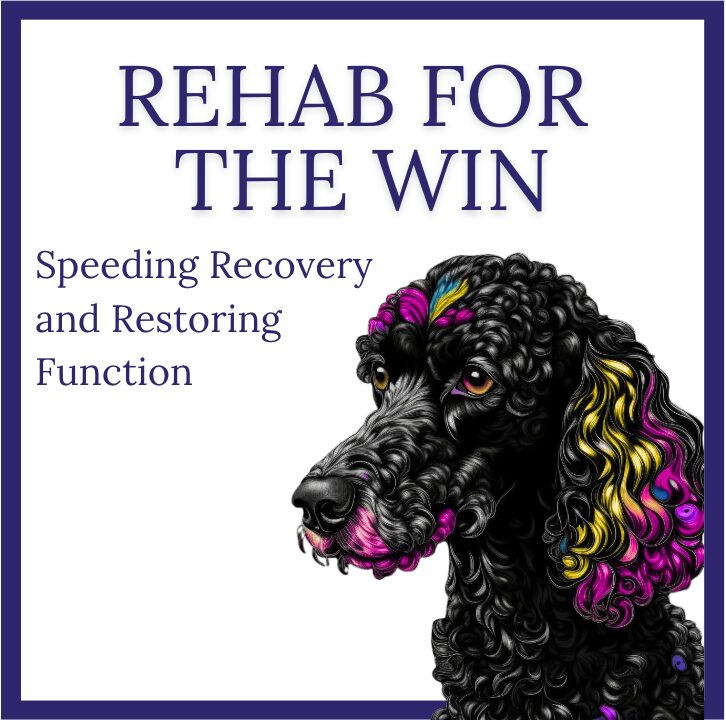
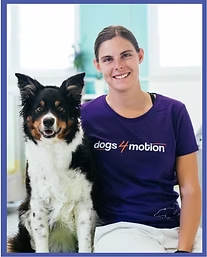
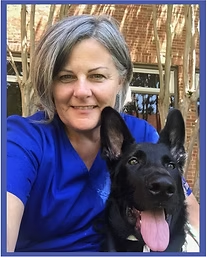
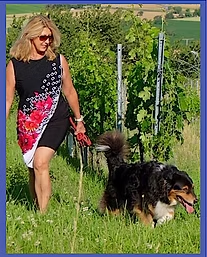
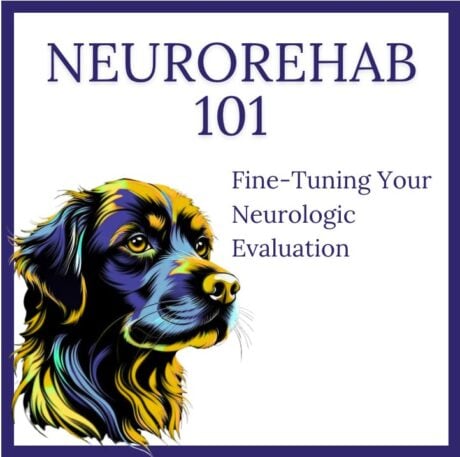
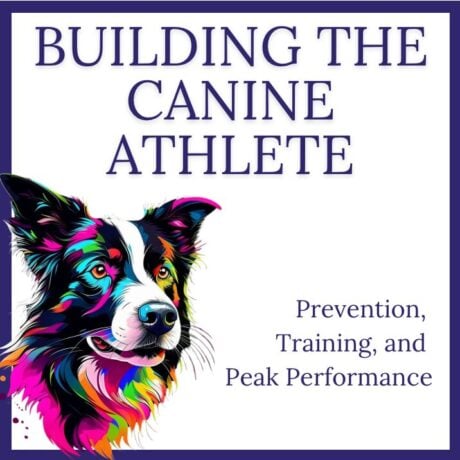
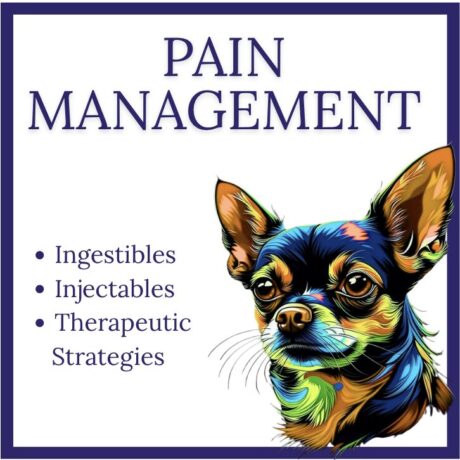
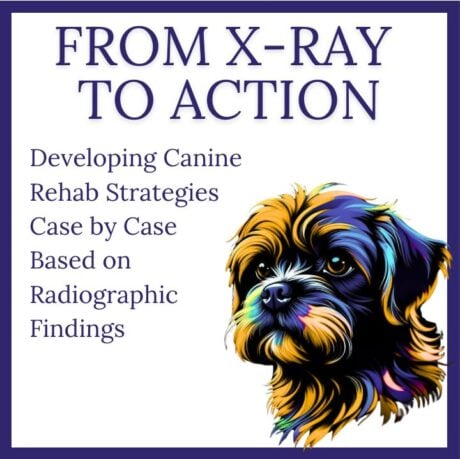
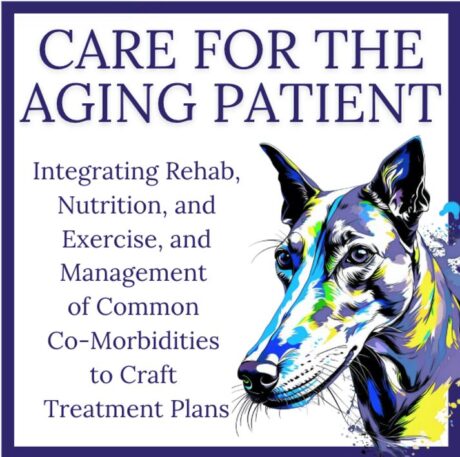
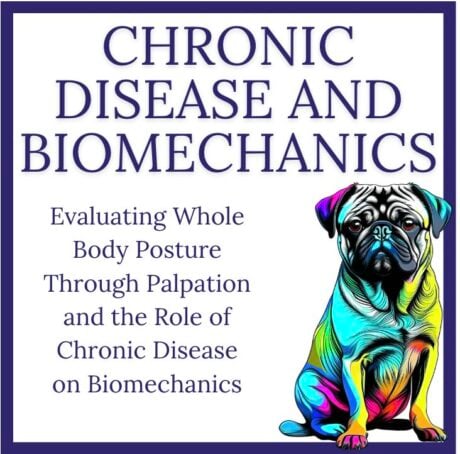
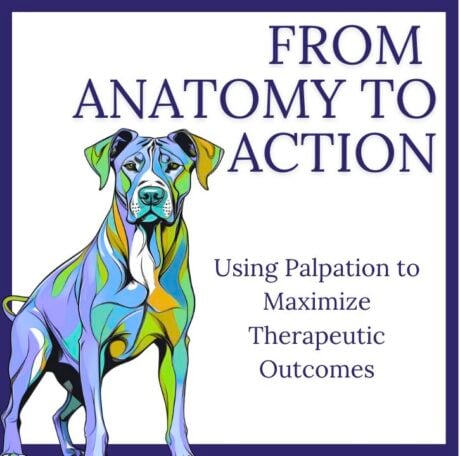
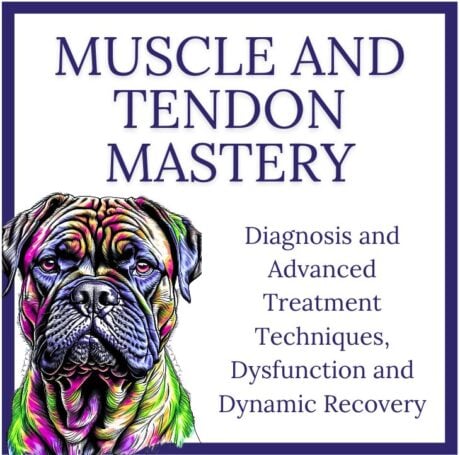
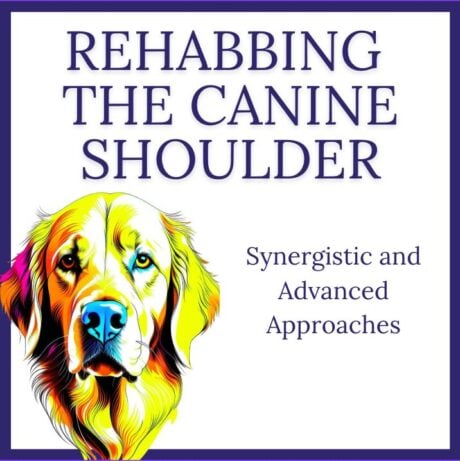
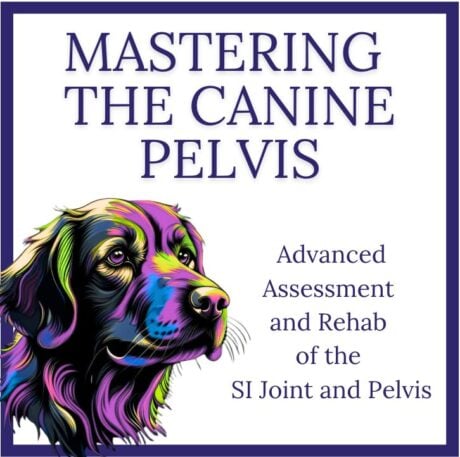
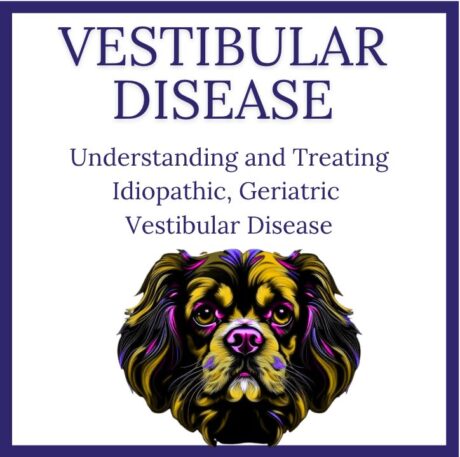
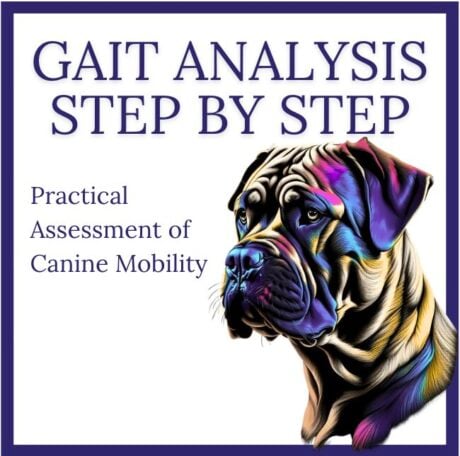
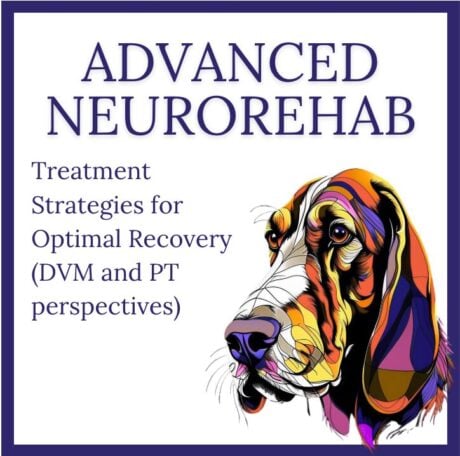
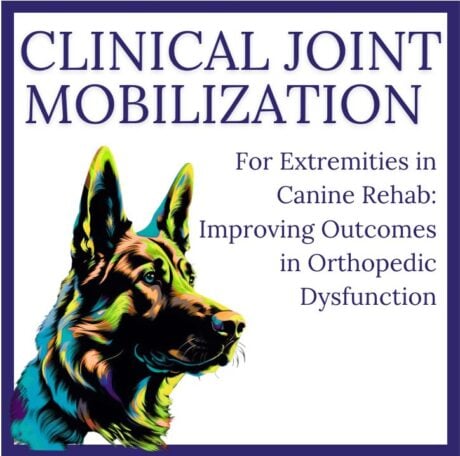
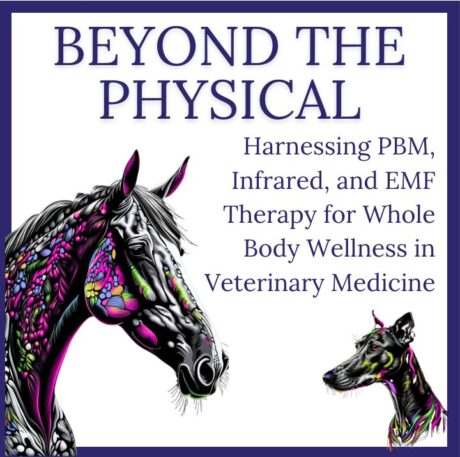
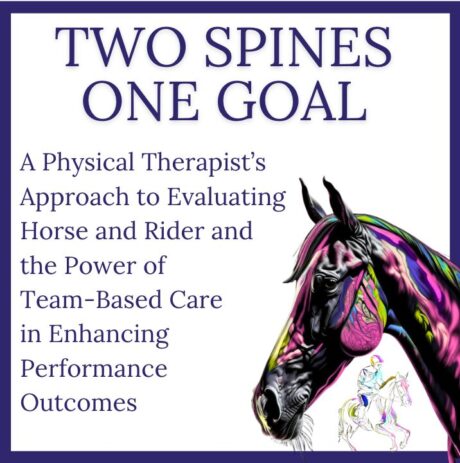
Reviews
There are no reviews yet.